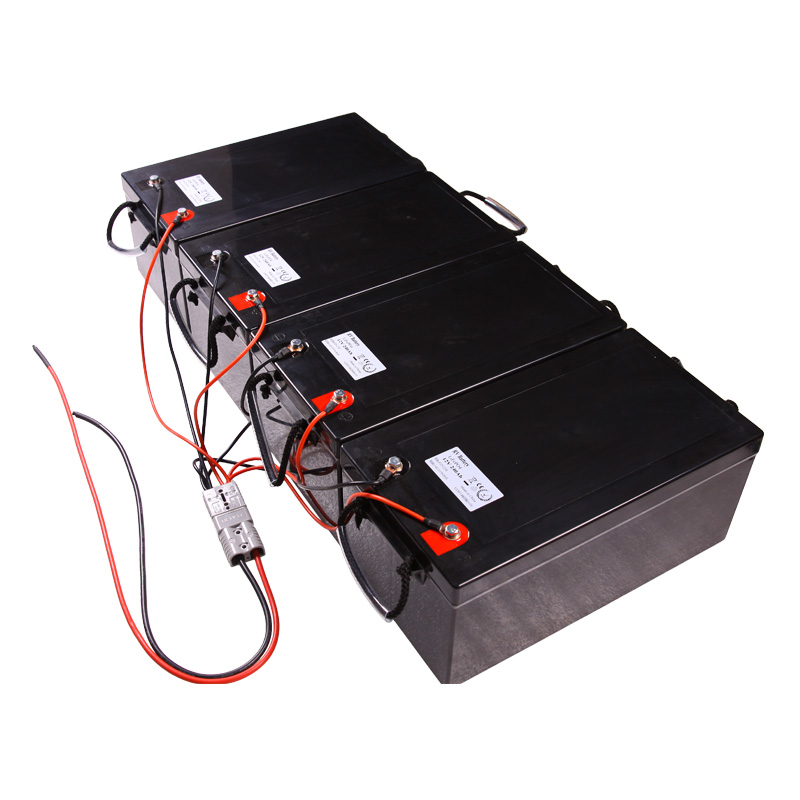According to the survey, due to the high energy storage density, metal oxides, sulfides and fluorides are promising electrode materials for lithium-ion batteries for electric vehicles. However, their energy storage capacity declined quickly. A few days ago, scientists have studied a lithium-ion battery with iron oxide electrodes and found that the loss of the battery after more than 100 charge and discharge is caused by the accumulation of lithium oxide and the decomposition of the electrolyte.
The iron oxide electrode used in the research is made of cheap and non-toxic magnetite. Compared with current electrode materials, conversion electrode materials such as magnetite (that is, converted into new products when reacting with lithium), can store more energy because they can hold more lithium ions. “However, the energy storage capacity of these materials decays very quickly and depends on the current density. For example, our electrochemical tests on magnetite show that the capacity of magnetite drops rapidly during the first 10 high-speed charge and discharge cycles.” According to Dong Su, the research leader and the leader of the Electron Microscopy Group of the Center for Functional Nanomaterials (CFN). CFN is the Office of Science User Facilities of the US Department of Energy located in Brookhaven National Laboratory.
In order to find out the reason for the unstable cycle, scientists tried to observe the changes in the crystal structure and chemical properties of magnetite after the battery completed 100 cycles. They combined transmission electron microscopy (TEM) and simultaneous X-ray absorption spectroscopy (XAS) to conduct research. The electron beam of TEM is transmitted through the sample to produce structural images or diffraction patterns of characteristic substances. XAS uses X-rays to detect the chemical properties of materials.
LI-ION BATTERIES PACKS
Scientists use these techniques to discover that during the first discharge, magnetite completely decomposes into metallic iron nanoparticles and lithium oxide. But in the subsequent charging process, this conversion reaction is not completely reversible, and the residues of metallic iron and lithium oxide still exist. In addition, the original “spinel” structure of magnetite evolved into a “rock salt” structure in the charged state (the positions of the iron atoms are not exactly the same in the two structures). In the subsequent charge and discharge cycles, rock salt iron oxide interacts with lithium to form a composite material of lithium oxide and metallic iron nanoparticles. Because the conversion reaction is not completely reversible, these residual products will gradually accumulate. The scientists also discovered that the electrolyte (the chemical medium that allows lithium ions to flow between the two electrodes) decomposes in subsequent cycles.
On the basis of the research results, scientists have proposed an explanation for the decline of energy storage capacity. Sooyeon Hwang, a scientist and co-lead author of the CFN Electron Microscopy Group, said, “Because of the low electronic conductivity of lithium oxide, its accumulation will form a barrier to electrons that shuttle between the positive and negative electrodes of the battery. We call this internal passivation. Layer. Similarly, the decomposition of the electrolyte will also form a surface passivation layer, which hinders ion conduction. These obstacles accumulate and prevent electrons and lithium ions from reaching the active electrode material where the electrochemical reaction occurs.”
Scientists pointed out that operating batteries at low currents can slow down the charging speed and restore part of the capacity to provide enough time for electron transmission; however, to completely solve this problem, other solutions are needed. They believe that adding other elements to the electrode material and changing the electrolyte can improve capacity decay.
Post time: Sep-26-2020





